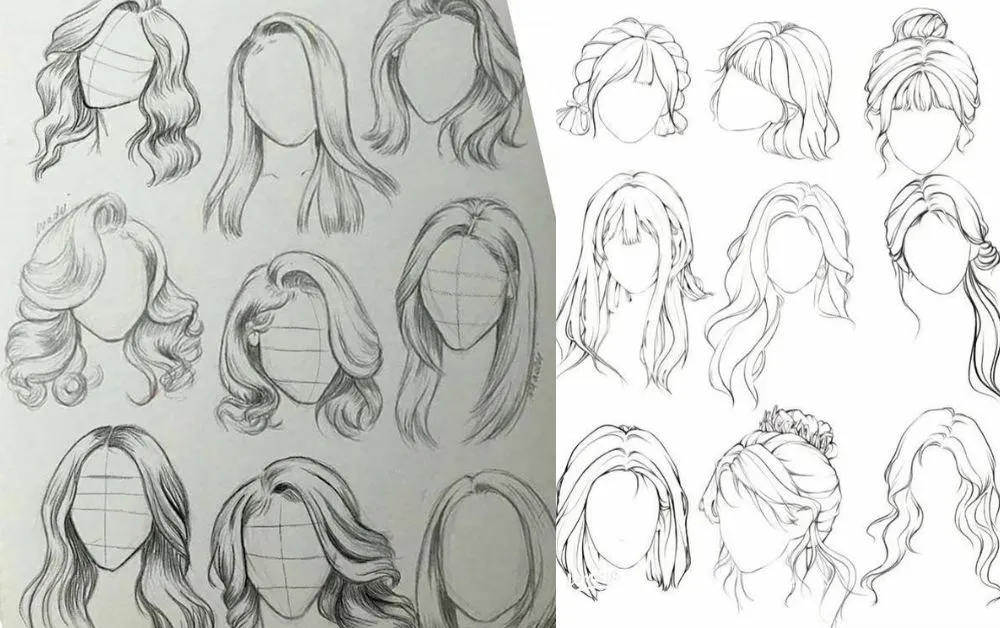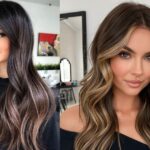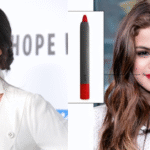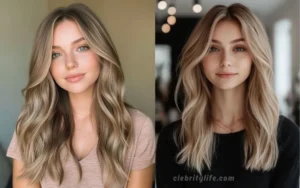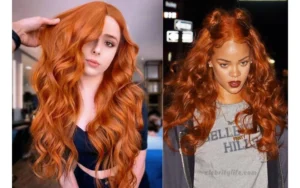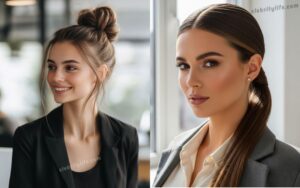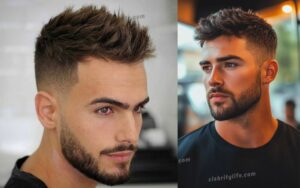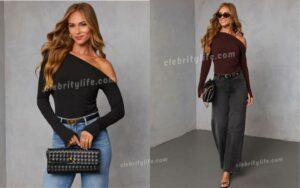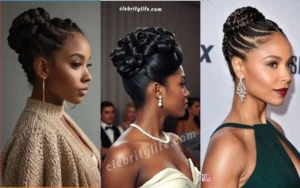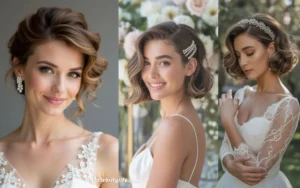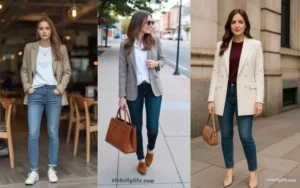Drawing hair is one of the most fascinating and challenging parts of art. Whether you’re sketching realistic portraits or anime characters, mastering hair texture, flow, and volume takes patience and practice. These hairstyles drawing ideas will help you understand how to create natural, stylish, and expressive hair sketches that stand out.
If you’re an artist looking for inspiration or a beginner learning proportions and shading, this guide is packed with step-by-step hairstyle sketch ideas to improve your drawing skills and fuel your creativity.
1. Start with Basic Hair Flow and Direction
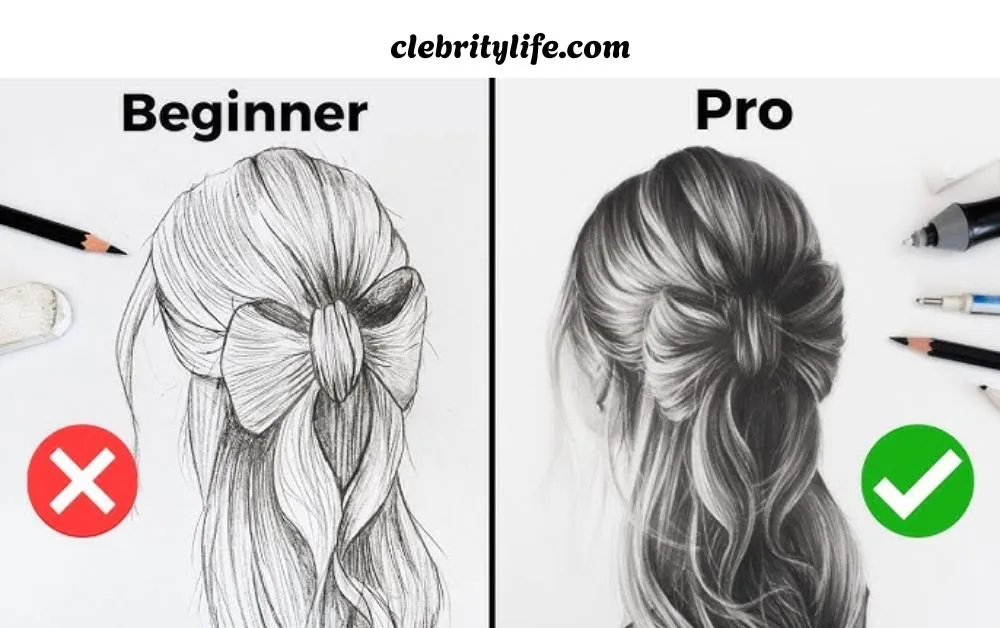
Before you focus on the details, take time to understand how hair naturally moves and falls. Every hairstyle follows a flow — usually starting from the crown and moving outward. Practice soft, curved lines to represent this direction and rhythm.
This basic step helps you train your eyes and hands for realistic movement. It’s the foundation for every dynamic and expressive hairstyles drawing idea, giving your sketches life and natural motion.
2. Study Different Face Shapes Before Drawing Hair
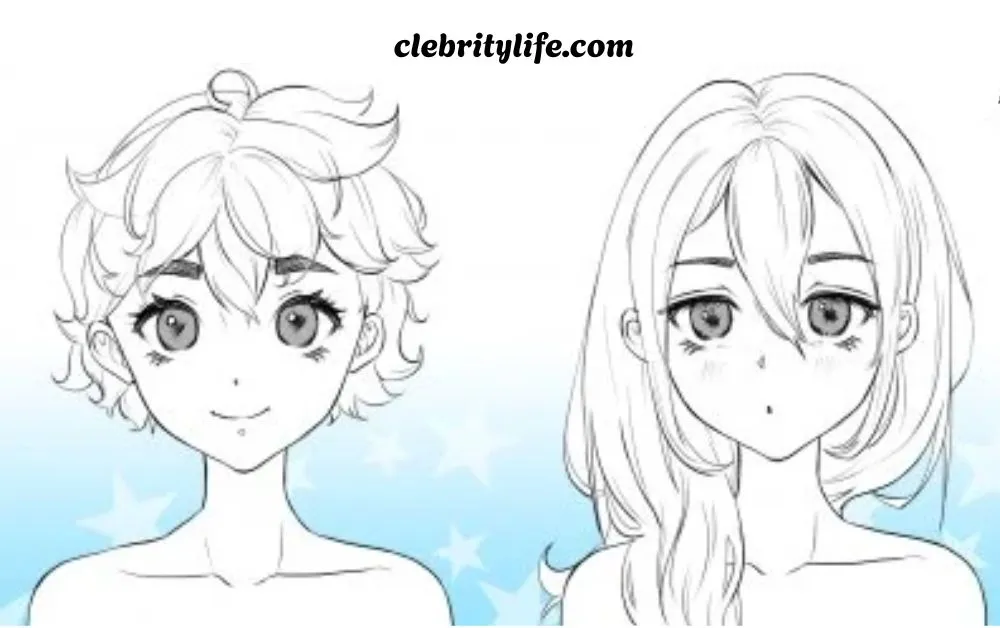
A great hairstyle sketch always complements the face structure it belongs to. Round faces usually suit voluminous waves, while longer faces balance beautifully with layers and side bangs.
Before sketching hair, draw a few basic head shapes. This practice helps you visualize balance, proportion, and placement — improving how your hairstyles drawing ideas fit the overall portrait.
3. Easy Hairstyles Drawing Ideas for Beginners
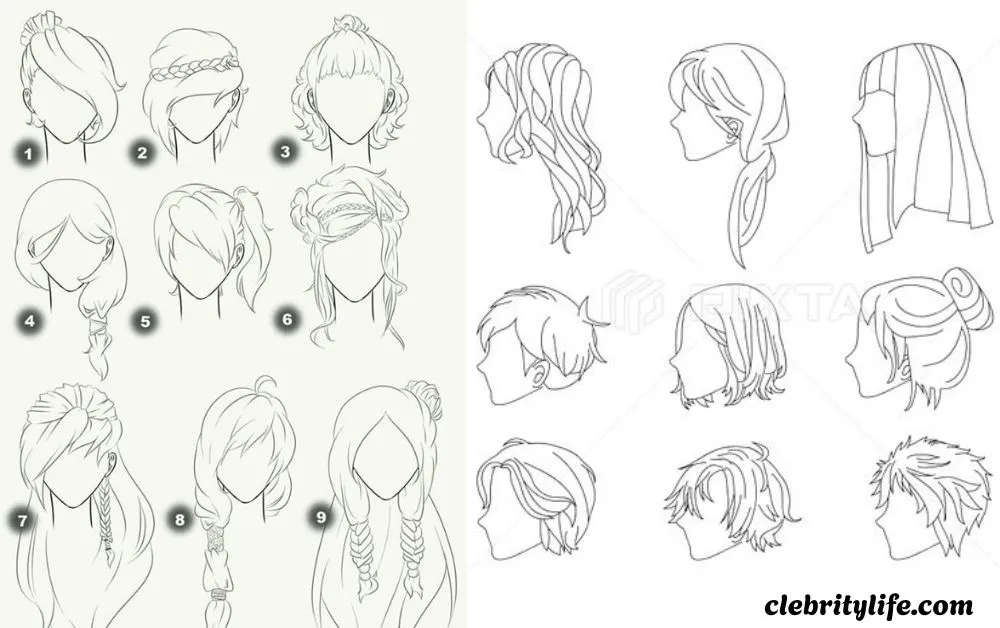
If you’re new to sketching, simplicity is your best friend. Start with easy hairstyles such as ponytails, straight cuts, or short bobs. Focus on smooth, confident strokes and keep your shading light to avoid clutter.
These beginner-friendly drawings help you build control and understand texture better. As your confidence grows, try experimenting with flow and layers to make your sketches look more detailed and expressive.
4. Experiment with Different Hair Textures
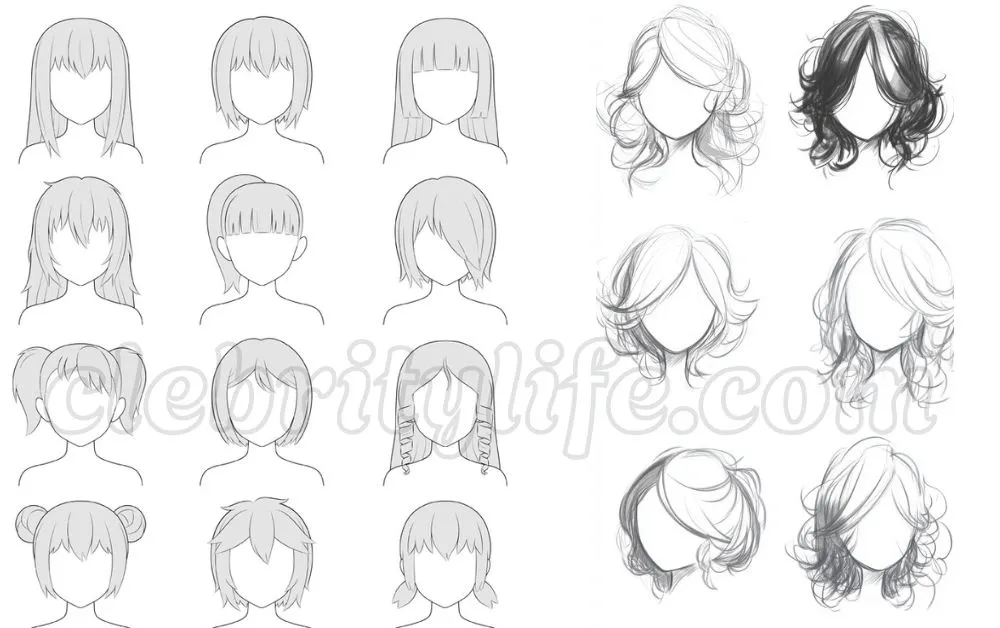
Each hair texture tells a story — curly, straight, wavy, or coiled. To draw realistically, learn how each behaves. Curly hair benefits from circular or spiral strokes, while straight hair shines through long, consistent lines.
Practicing diverse textures expands your artistic range. Over time, your hairstyles drawing ideas will become more dynamic, authentic, and full of character.
5. Practice Light and Shadow for Realistic Hair
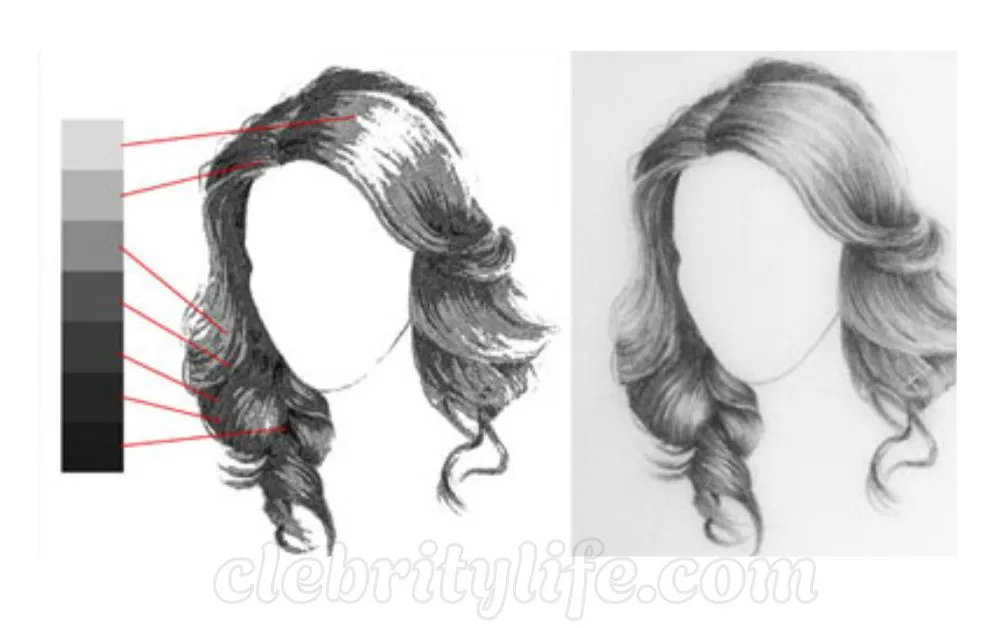
Light and shadow add life and volume to any hairstyle sketch. Observe how highlights fall on certain sections and how shadows create depth. Start with soft pencil tones to build contrast gradually.
Blending is key — use tools like tissues or blending stumps to soften transitions. With consistent shading practice, you’ll notice your flat drawings transform into realistic and eye-catching artworks.
6. Add Accessories for a Creative Touch
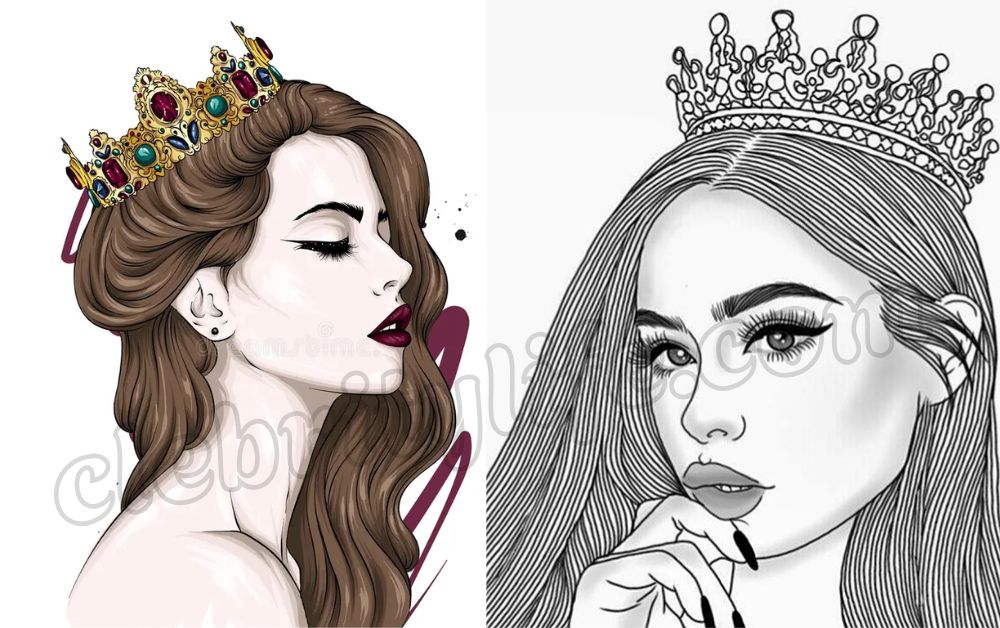
Accessories bring charm and personality to your art. Add small details like ribbons, clips, or floral pins to make your hairstyle sketches more appealing and unique.
Not only do they elevate your drawings, but they also help improve your sense of perspective and design. Small creative touches like these can make your hairstyles drawing ideas truly memorable.
7. Try Different Art Styles for Hair Drawings
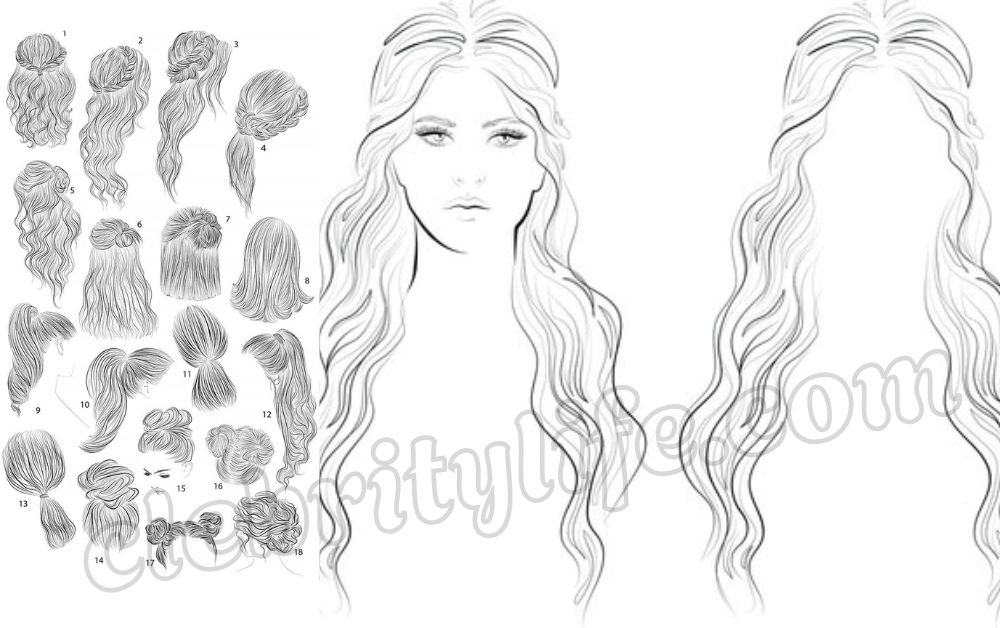
There’s no single right way to draw hair. From realism to cartoon and anime, each art style offers a fresh challenge. Realistic drawings emphasize fine texture and light blending, while anime focuses on bold shapes and flow.
Experiment with all these styles to find what defines you best. The more you explore, the stronger your artistic signature becomes, enriching your collection of hairstyles drawing ideas.
8. Step-by-Step Hairstyles Drawing Practice
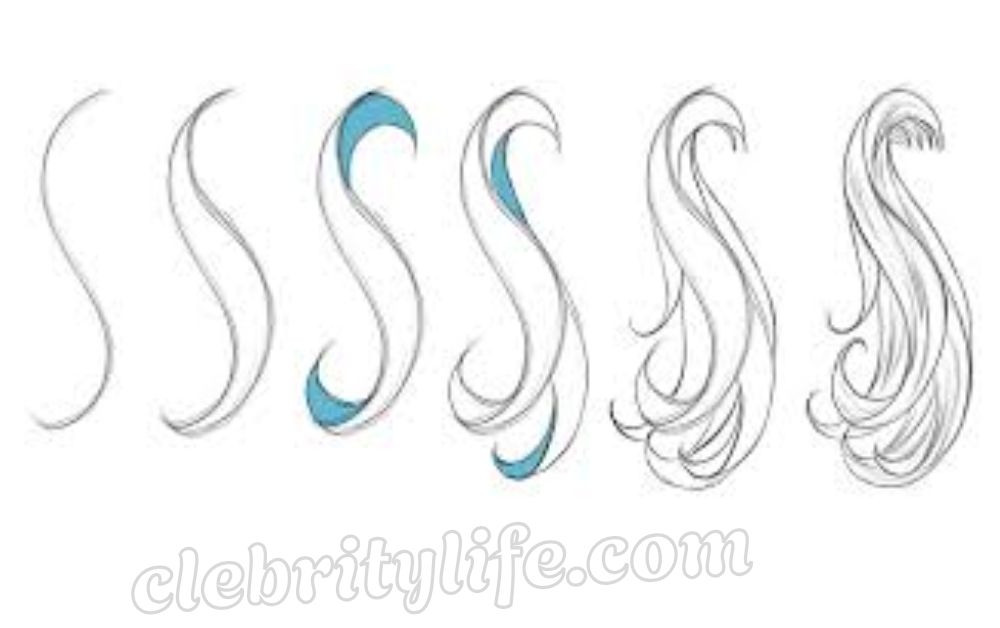
Here’s a simple structure to build consistency and confidence in your art:
- Start with a soft outline for the hairline.
- Add major hair sections in curved, natural flows.
- Keep your pencil pressure light for early strokes.
- Apply shading from dark to light tones.
- Blend highlights smoothly using tissue or blending tools.
- Add fine strands for realistic texture.
- Repeat the process using different hairstyles and lengths.
Following these steps regularly will make your sketches more balanced and expressive, improving your control over hair movement and depth.
9. Use References and Real Photos for Inspiration
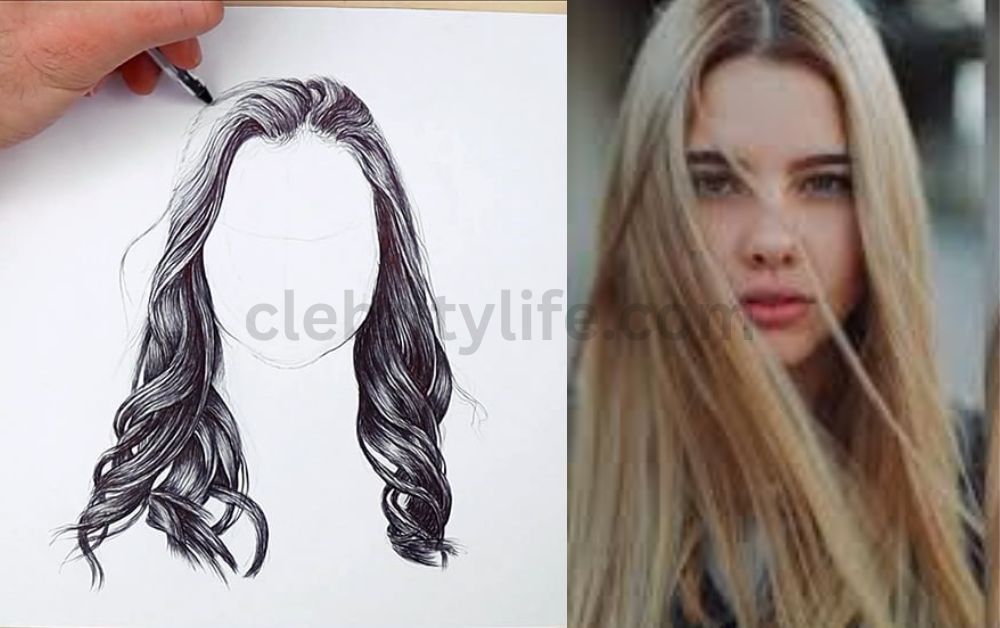
Observation is one of the most powerful artistic tools. Study real hairstyles through magazines, Pinterest boards, or fashion photography. Notice how hair interacts with light, how it layers, and how different textures behave.
Mix your references with imagination — it helps your hairstyles drawing ideas feel creative yet grounded in realism. This balance enhances both your skill and artistic originality.
10. Common Mistakes to Avoid When Drawing Hair
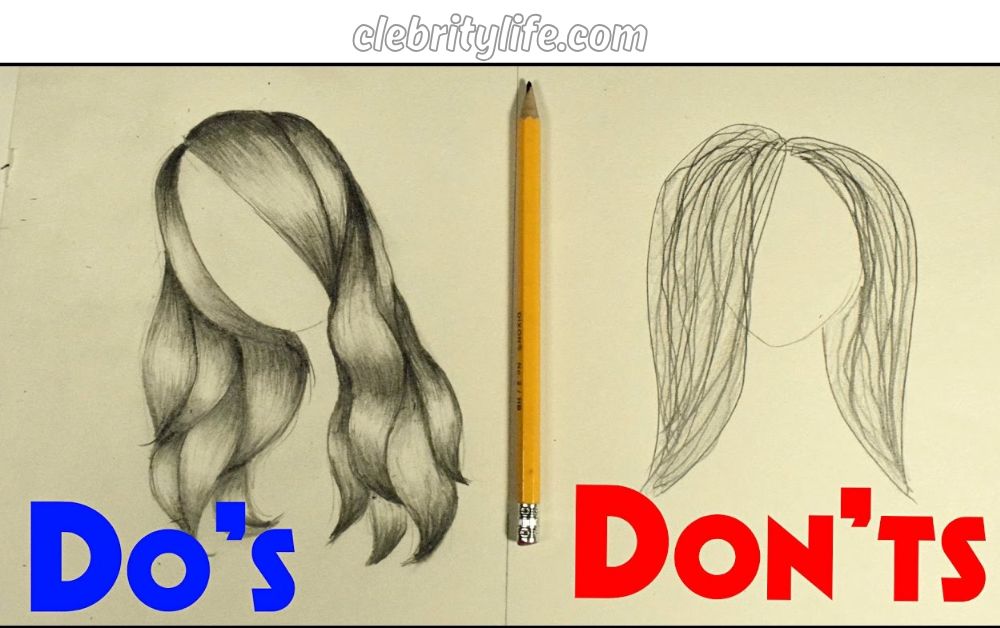
Even experienced artists make errors like adding too many harsh lines or neglecting light direction. Keep your pencil strokes soft, natural, and well-blended to maintain realism.
Avoid over-shading or over-detailing — sometimes, less is more. With steady practice and observation, you’ll turn these small mistakes into lessons that refine your style and elevate your overall drawing quality.
Conclusion
Mastering hairstyles drawing ideas isn’t about chasing perfection — it’s about embracing creativity, patience, and observation. Every sketch you create helps refine your artistic control, improve your understanding of texture, and capture the flow and movement of hair.
Each drawing is a chance to express emotion and personality through unique hair designs. Keep experimenting, learn from every stroke, and stay patient with your progress — over time, your sketches will naturally evolve to reflect your own artistic flair and confident style.
FAQs
Q1. How can I draw realistic hairstyles easily?
Start with light, curved strokes and study how natural hair flows with light and shadow.
Q2. What’s the best way to practice hair drawing daily?
Draw small sections or strands each day to improve control, flow, and consistency.
Q3. Which tools work best for hairstyle sketches?
Use quality sketch paper with HB–4B pencils and blending tools for smooth shading.
Q4. How do I make my hairstyles drawing ideas more creative?
Experiment with different textures, accessories, and art styles to add personality.
Q5. Can beginners draw hairstyles without much experience?
Yes! Start simple with ponytails or wavy lines and gradually build your confidence.

I am Asim Ali, a skilled content writer and SEO expert with 2 years of experience. I have had the privilege of contributing to the BBC News website.
